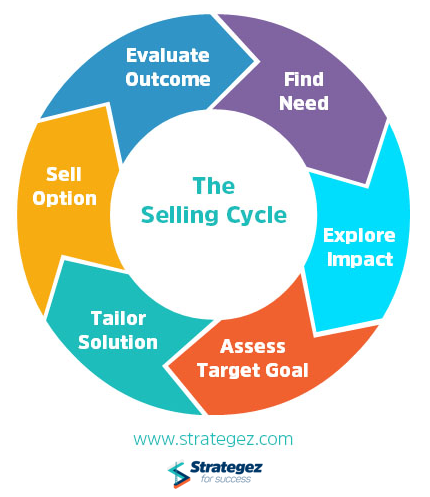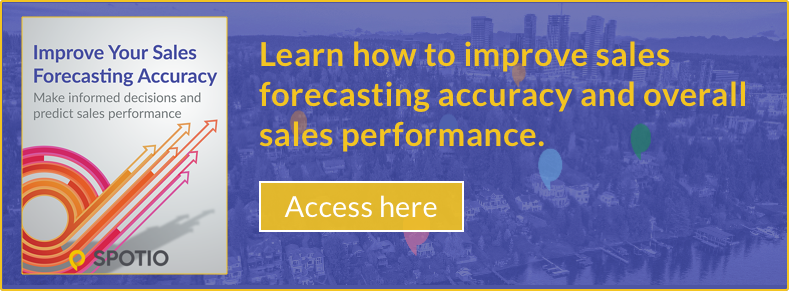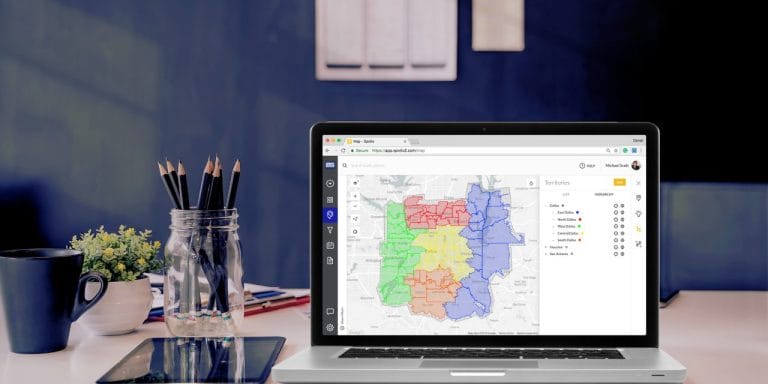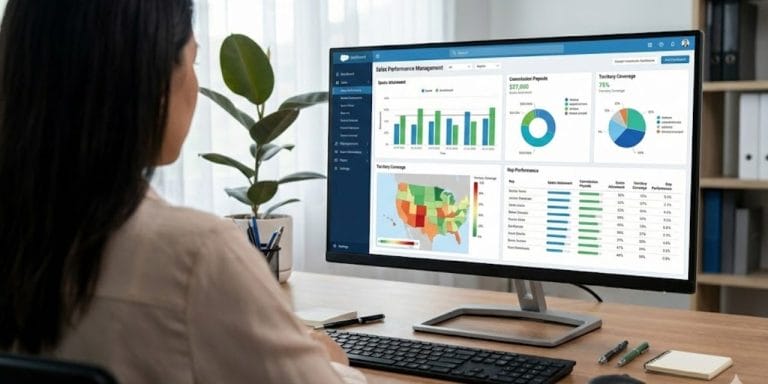The length of the sales cycle is a critical metric used within any sales organization. It’s for this reason that sales operations professionals are always reviewing the length of sales cycles statistics and looking for the respective stages where things are slowing down or things are speeding up. The overarching goal here is finding a way to reduce this timeframe.
Why?
Simply put, the shorter the sales cycle length, the faster the company earns money.
Understanding the Sales Cycle
Your sales cycle is a series of predictable phases through which your sales representatives go in order to sell the product or service you offer. The sales cycle varies from one organization to the next based on the company itself and the products offered, so no two sales processes or cycles will be exactly the same.

That said, there are different stages to a sales cycle which have some flexibility from one business to another, depending on the complexity of the product. Generally speaking, most businesses have the following stages:
- The prospect phase, where representatives handle phone calls or cold calling
- The qualification phase, where representatives learn and understand about the prospects pain points in order to figure out if they are truly a good fit
- The consideration phase where the sales presentation occurs
- The decision phase where addressing of objectives happens
- The closing phase, where theoretically the sale closes
- The referral phase, where you request referrals from your happy customer
When you visualize the stages, they take the form of the sales pipeline.
The Importance of Reviewing Sales Cycle Length
Knowing the average sales cycle length can introduce a level of predictability into your sales forecasting. With this type of metric, if you receive a specific number of leads, you will know what the projected sales figures will likely be in one month, or even a few months down the line.
If you decide to set a KPI in order to reduce the length of your sales cycle, you can accelerate your revenue growth.
Tangentially, you can review which areas take longer than others and analyze any room for improvement. You can find out which months or weeks might be hitting the average mark or falling a bit behind. When reviewing individual representatives you can see how their average sales cycle length compares to the overall average.
How to Calculate the Length of Sales Cycle
The easiest way to track the length of your sales cycle is to start at the point of creation for a lead in your CRM and to end at the point the deal closes. If you leverage a CRM system you can give your organization a much more visually appealing sales pipeline in which to track each stage of the sales cycle.
With this method your marketing and sales managers will be able to view a customer journey from start to finish. From this, sales teams can learn how to improve their top of the funnel activities like prospect, lead generation, and marketing phases. These early stages are critical in terms of their success, without which customers are not propelled through the sales cycle quick enough.
There is some debate here because a lead can technically reach creation at any time. You might purchase a list of leads but then that list sits in the CRM for months at a time before anyone even looks at it. One of those leads could be someone who downloaded a marketing ebook from your company and then requested a demo months later, at which point they created a second lead and triggered the initial contact with your sales team.
Arguably, that second lead and the initial contact is what made them into a potential client and thus viewed as the start of the sales cycle.
That said, if you credit the moment when you receive that list or the person first signs up, then you are using the first touch attribution.
Measuring the length of a sales cycle can get a bit complicated if your organization has two or three touch points attributed to a single opportunity, like the initial creation of the lead followed by the request for a demo. In this situation the company would be relying upon the multi-touch attribution.
In any case, having the right tools makes it easier for sales leaders to decide how to peg the starting point of their sales cycle and therefore, review the length of the sales cycle.
Once you decide upon the start point, the calculation of the average sales cycle length occurs with the following equations:
# of Days from First Contact + Customer Conversion = # of days for Combined Sales
Add together the number of days from the first contact with the customer conversion for all deals, which should equal the total number of days for all combined sales.
Total # of Sales / # of Closes = Average Length of Sales Cycle
The total number of sales for all of the combined sales divided by the number of deals closed equals the average length of the sales cycle for your company.
Conclusion
In the end, you should automate when and where you can. Automating the entire process with modern sales software can reduce a large part of the burden of analysis. This occurs especially when you automate CRM data entry, analyzing conversion length, and the creation of reports based on different deals, different teams, or individual sales representatives.
Automation software can provide you with reports based on objective data pertaining to your sales operations and your teams. All of this occurs while concurrently freeing up time that sales representatives would have previously used.
There’s no one-size-fits-all solution to appropriately calculate your sales cycle length. It is up to you to find a method that works for your team and your company, and then dive in.
Take action now. Start implementing a reliable CRM with full data/reporting capabilities to improve your tracking of the length of your sales cycle.
______
Questions or comments? Contact SPOTIO at [email protected] or comment below.
SPOTIO is the #1 field sales acceleration and performance management software that will increase revenue, maximize profitability, and boost sales productivity.
Want to see a product demonstration? Click here to see how SPOTIO can take your sales game to the next level.







